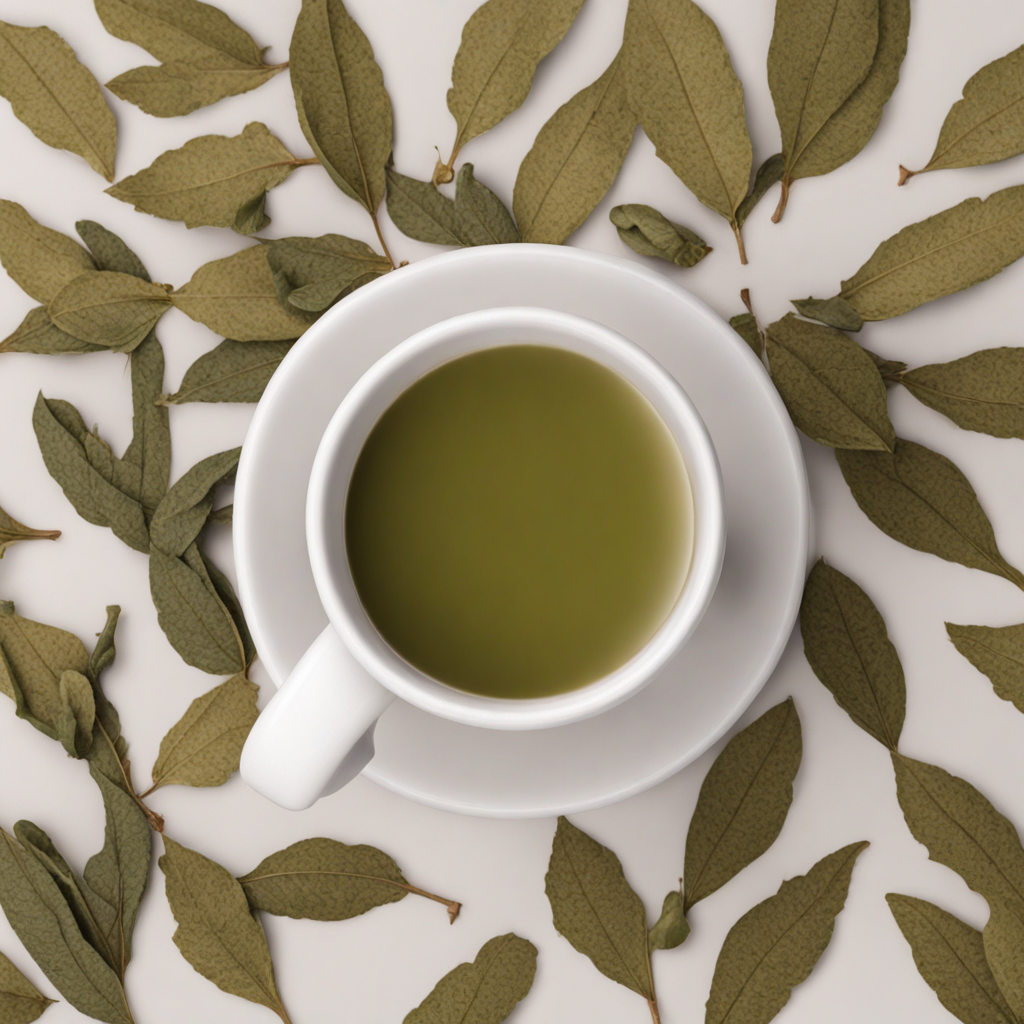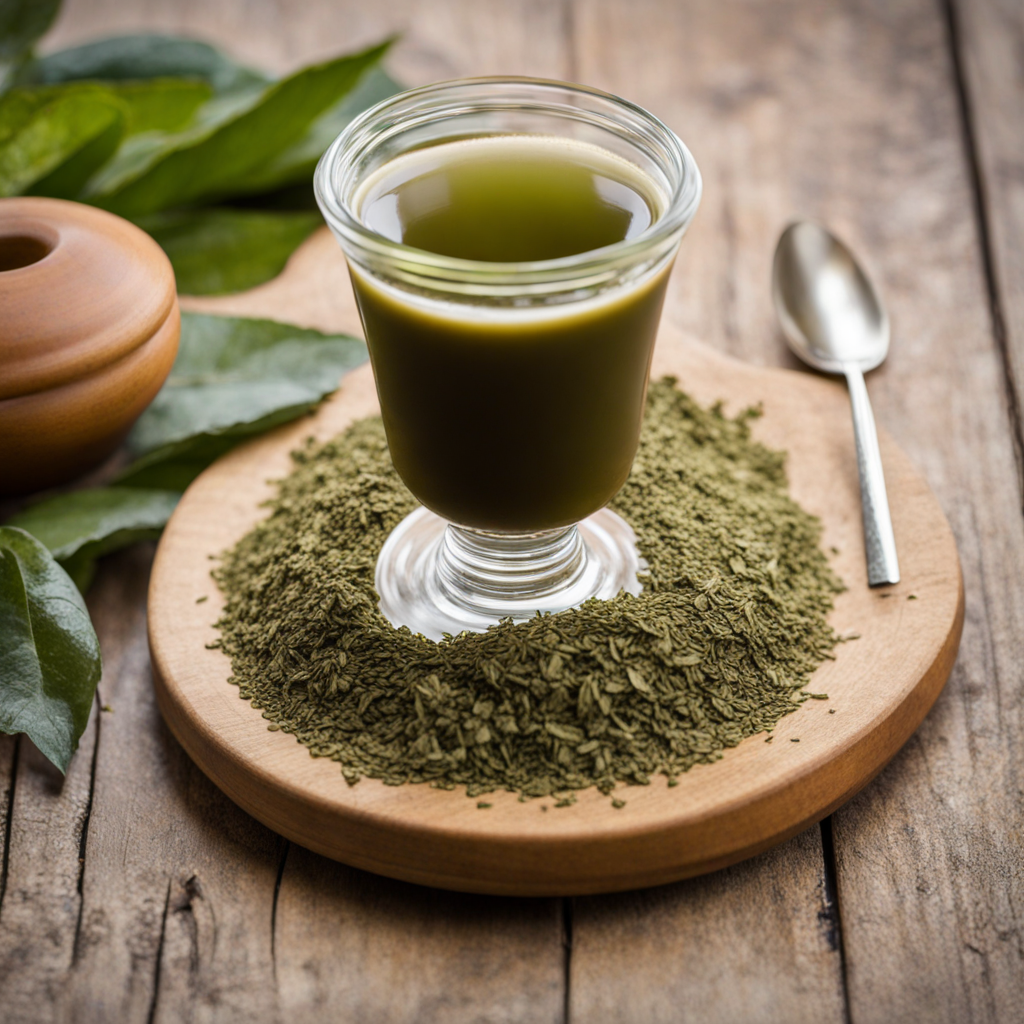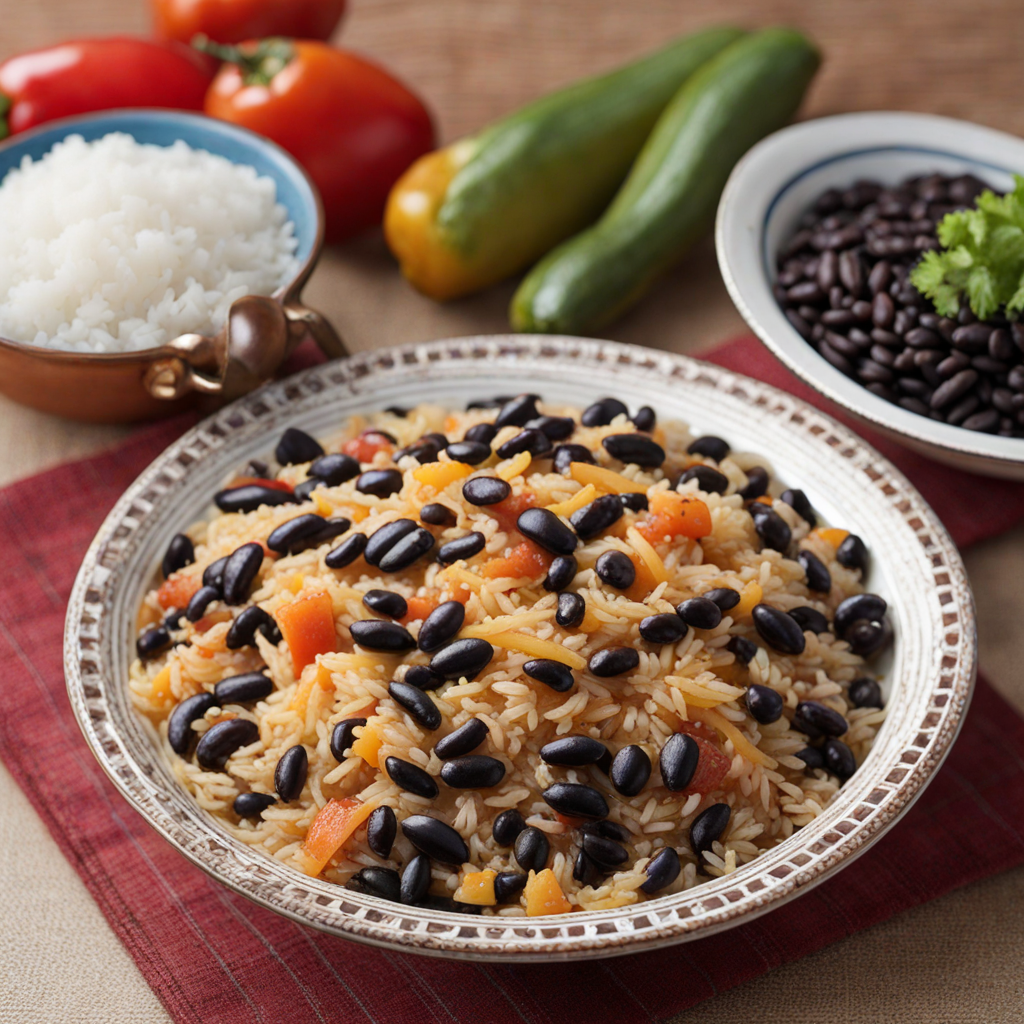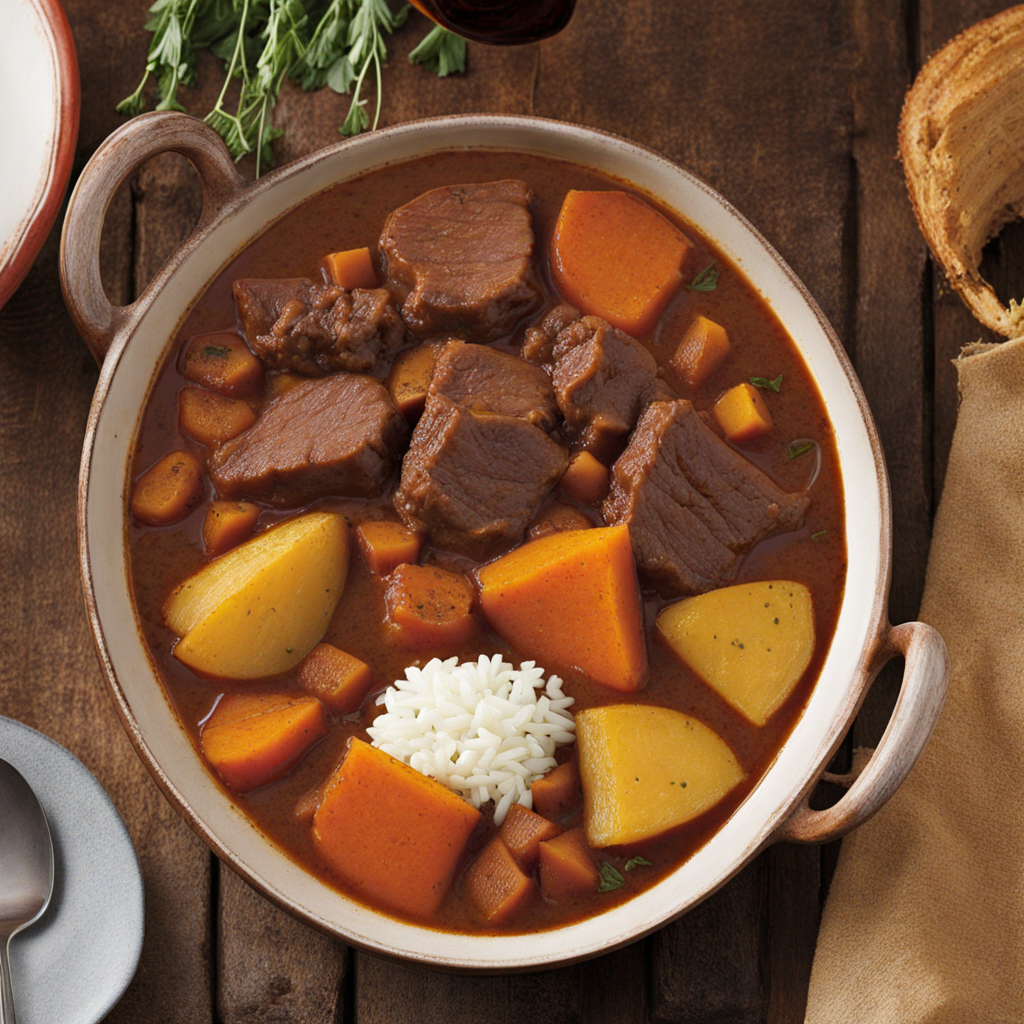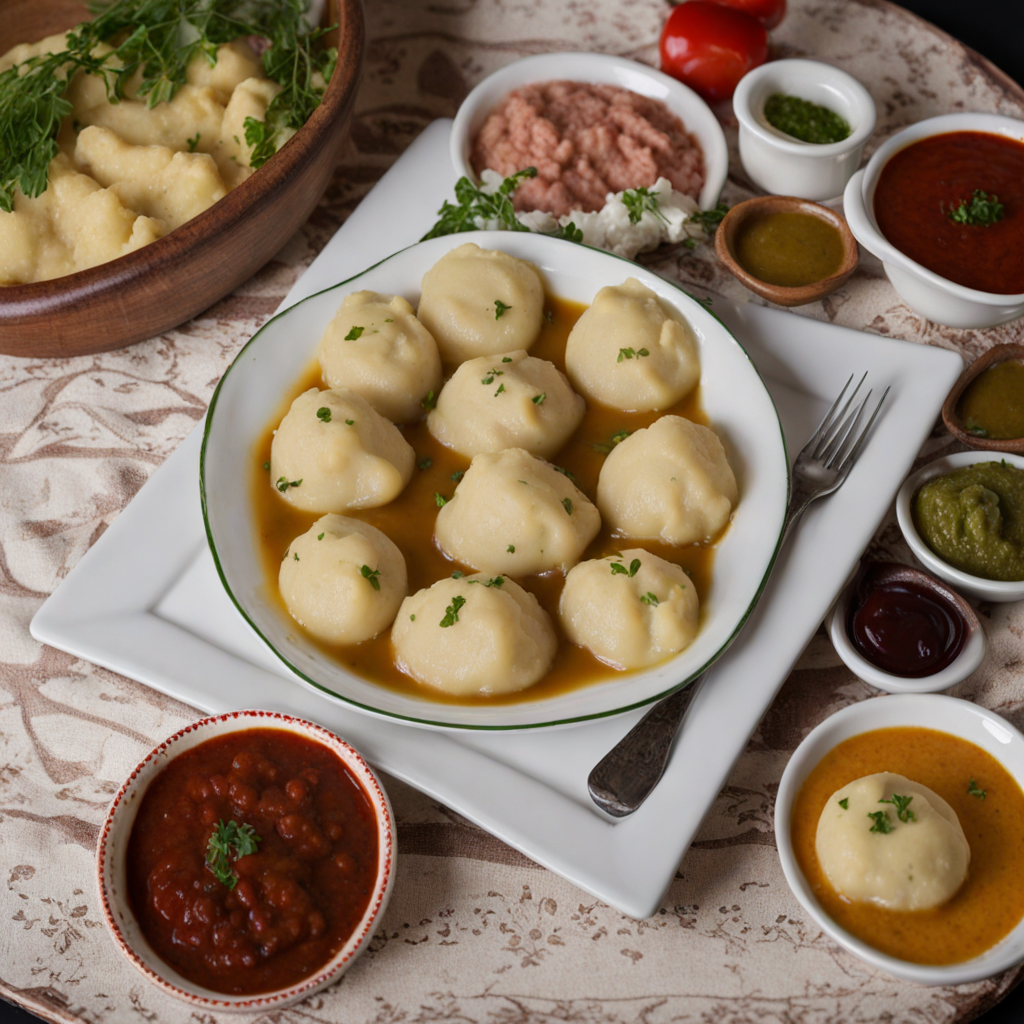Mate
Mate is a traditional South American beverage, particularly popular in Uruguay, known for its unique flavor and cultural significance. Made from the dried leaves of the yerba mate plant, this drink has a bold, earthy taste that can be both invigorating and calming. When brewed, the leaves release a rich, herbal aroma with hints of grassiness and a slightly bitter undertone that many describe as an acquired taste. The color of the infusion ranges from vibrant green to a deep amber, depending on the steeping time and the specific type of yerba mate used. Drinking mate is more than just savoring a beverage; it is a social ritual that brings people together. Traditionally served in a hollowed-out gourd, known as a 'mate' or 'cuia', the drink is sipped through a metal straw called a 'bombilla'. This communal aspect of mate consumption fosters connection and conversation, with friends often sharing a single gourd in a circle. The preparation involves filling the gourd with yerba mate, tilting it at an angle, and pouring hot (but not boiling) water over the leaves. The first infusion is often quite strong, but subsequent pours mellow the flavor, allowing for multiple rounds of enjoyment. While mate can be enjoyed plain, many people in Uruguay enhance its flavor by adding sugar, lemon, or even other herbs. Some variations include 'tereré,' a refreshing cold version made with iced water or juice, especially popular during the hot summer months. The taste of mate is versatile, appealing to those who appreciate a blend of bitterness and herbal notes, making it a delightful experience for adventurous palates. Whether enjoyed solo or shared among friends, mate is not just a drink; it is a cultural emblem that embodies the spirit of Uruguay.
How It Became This Dish
The Rich History of Mate in Uruguay #### Origins of Mate Mate, a traditional beverage made from the dried leaves of the yerba mate plant (*Ilex paraguariensis*), has its roots deep in the cultures of South America, particularly among the indigenous Guaraní people. The plant is native to the subtropical regions of Paraguay, Brazil, and Argentina, where the Guaraní tribes considered it a sacred drink. The word "mate" itself is derived from the Quechua word "mati," which means "gourd," referring to the traditional vessel used to drink this stimulating infusion. The Guaraní used yerba mate for its energizing properties, often consuming it during social gatherings and rituals. They prepared the drink by steeping the leaves in hot water within a hollowed-out gourd, which is still the most common way to enjoy mate today. The beverage not only served as a source of caffeine but also played a role in their social and cultural practices, symbolizing hospitality and community. #### The Spanish Influence In the 16th century, Spanish colonizers arrived in South America and encountered the Guaraní people and their customs, including mate consumption. Recognizing its popularity, the Spanish began to cultivate yerba mate, and as a result, its production spread throughout the region. The cultivation of mate became an important agricultural activity, particularly in the provinces of Misiones (Argentina) and southern Brazil. The introduction of yerba mate to the wider world was gradual, but it gained momentum throughout the 17th and 18th centuries as European settlers and travelers began to appreciate the unique flavor and stimulating effects of the beverage. By the 19th century, mate had become an integral part of social life in the Southern Cone, particularly in Argentina, Paraguay, and Uruguay. #### Cultural Significance in Uruguay Uruguay, a country that prides itself on its traditions, has embraced mate as a national symbol. It is not merely a beverage; it embodies a sense of identity, social connection, and cultural pride. The ritual of drinking mate transcends generations, and its significance is deeply embedded in everyday life. Mate is often shared among friends and family, promoting a sense of camaraderie. The act of passing the gourd, known as "cebar," is a ritual in itself, where one person prepares the mate and offers it to others. The person who drinks from the gourd is called the “matador,” and they are expected to finish the contents before passing it back for refilling. This practice fosters community and strengthens bonds, making it a cornerstone of social interaction in Uruguay. In Uruguayan culture, mate is not confined to any particular time of day; it can be enjoyed in the morning, during lunch, or even late into the night. Whether at home, in parks, or at the beach, you'll find people of all ages savoring this traditional drink. The beverage is often accompanied by pastries, cookies, or traditional foods, enhancing the social experience. Moreover, the significance of mate extends beyond mere social gatherings. It is a symbol of resistance and national identity for Uruguayans, especially during historical periods of political turmoil and social change. The drink has been associated with the working class and cultural movements, reinforcing a collective identity that transcends class and age. #### Development Over Time The commercialization of yerba mate began in the late 19th century, leading to an increase in production and exportation. As demand grew, various brands emerged, each with its unique blends and flavors. While traditional mate remains popular, modern interpretations have expanded the beverage's appeal. Flavored yerba mate, bottled versions, and even tea bags have entered the market, catering to a younger demographic and international consumers. In recent years, the health benefits of mate have gained attention, as it is rich in antioxidants, vitamins, and minerals. Studies suggest that mate may aid digestion, enhance physical performance, and even lower the risk of certain diseases. This newfound interest in health and wellness has bolstered the popularity of mate beyond its traditional borders, leading to its adoption in various countries around the world. The global proliferation of mate has also sparked a cultural exchange. In countries like the United States, Brazil, and Europe, the drink is being reimagined in cafes, restaurants, and specialty shops, often served in a variety of forms. The traditional gourd and bombilla (metal straw) are still cherished, but you can now find mate lattes, iced mate drinks, and even cocktails inspired by the classic beverage. #### Challenges and Future of Mate Despite its rich legacy and growing popularity, the yerba mate industry faces challenges. Environmental concerns, such as deforestation and climate change, threaten the sustainability of yerba mate production. Additionally, competition from other beverages, particularly energy drinks and coffee, poses a risk to the traditional consumption patterns of mate. However, the resilience of Uruguayan culture and the deep-seated love for mate ensure that the beverage will continue to thrive. As more people around the world discover the unique flavors and community spirit associated with mate, it is likely to maintain its significance as both a cultural artifact and a modern beverage. #### Conclusion The history of mate in Uruguay is a testament to the enduring power of tradition and cultural identity. From its origins among the Guaraní people to its status as a national symbol, mate has evolved into a complex social ritual that brings people together. Its journey from a sacred plant to a beloved beverage reflects broader themes of cultural exchange, resilience, and adaptation. As Uruguay continues to navigate the challenges of modernity, mate remains a cherished part of its heritage, uniting generations and enriching social interactions. Whether shared among friends in a sunlit park or enjoyed alone in quiet contemplation, mate is more than just a drink; it is a living expression of Uruguayan culture and community.
You may like
Discover local flavors from Uruguay


